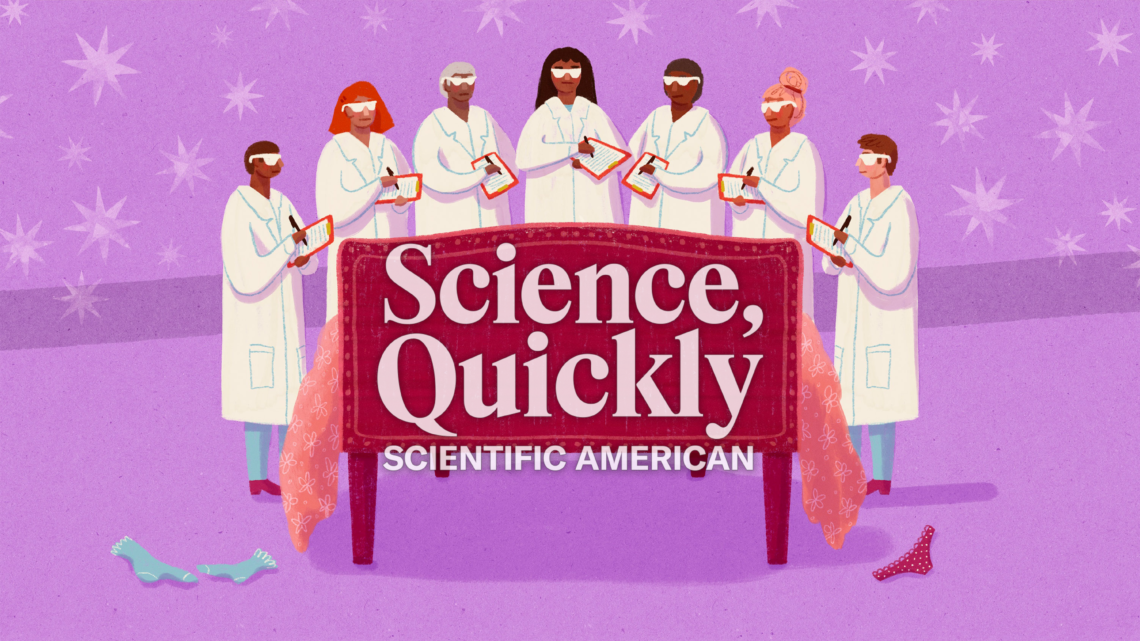[CLIP: Woman speaks on OMGYES: “This is, like, you know, my vagina, going up and down and kind of brushing up against it, kind of like a paintbrush.”]
[CLIP: Music]
Kate Klein: There’s this, like, whole world underneath people’s clothing that no one talks about.
On supporting science journalism
If you’re enjoying this article, consider supporting our award-winning journalism by subscribing. By purchasing a subscription you are helping to ensure the future of impactful stories about the discoveries and ideas shaping our world today.
Sari van Anders: Our science, in some ways…, is sort of, like, catching up with people’s existences.
Meghan McDonough: I’m Meghan McDonough, and you’re listening to Scientific American’s Science, Quickly. This is part three of a four-part Fascination on the science of pleasure. In this series, we’re asking what we can learn from those with marginalized experiences to explore sexuality, get to the bottom of BDSM and illuminate asexuality. In this episode we’ll unpack why heterosexual women are having fewer orgasms than their male partners—and how researchers are bridging the gap.
[CLIP: OMGYES: “So when I’m with a partner for the first time, I’ll take one of their fingers, and I’ll tell them, ‘Just tap.’”]
McDonough: This is a woman explaining how she likes to be touched on the website OMGYES, which offers guidance to individuals and couples on finding sexual pleasure, both through masturbation and with a partner. This video is one of many how-to clips on everything from what the site has labeled “layering …”
[CLIP: OMGYES: “My clit’s really sensitive, and touching it directly would be way too intense, so I use the surrounding skin to make it less overwhelming.”]
McDonough: To “orbiting …”
[CLIP: OMGYES: “You know, it’s like the infinity sign, and it’s, like, going in loops, and you can change the direction.”]
McDonough: To essentially demystify the female orgasm—which, in…
Read the full article here







